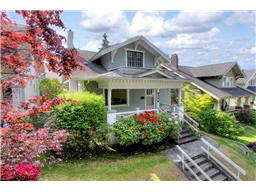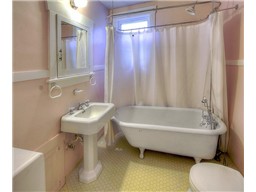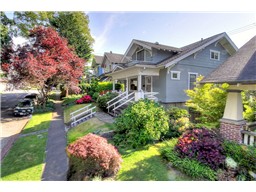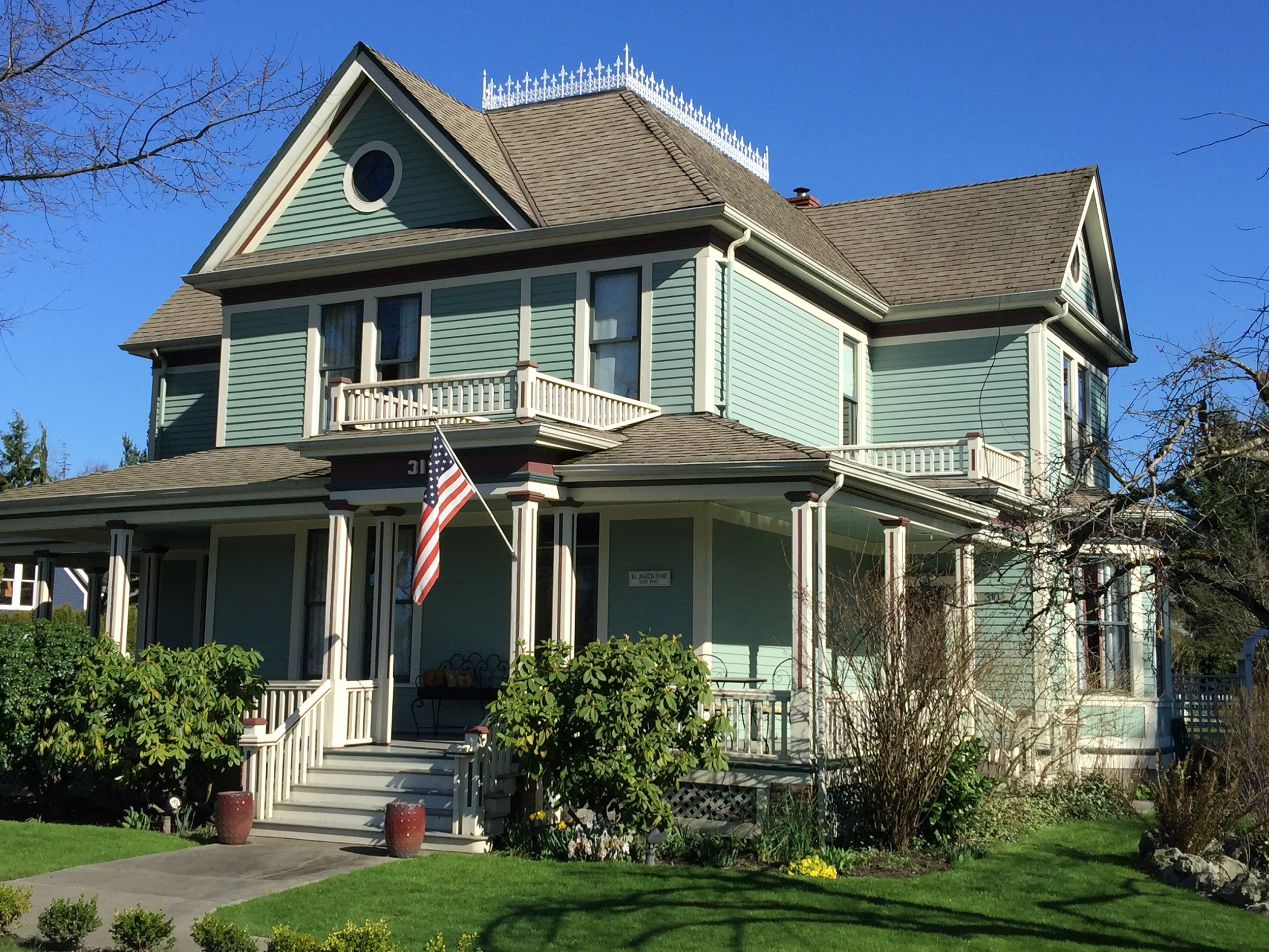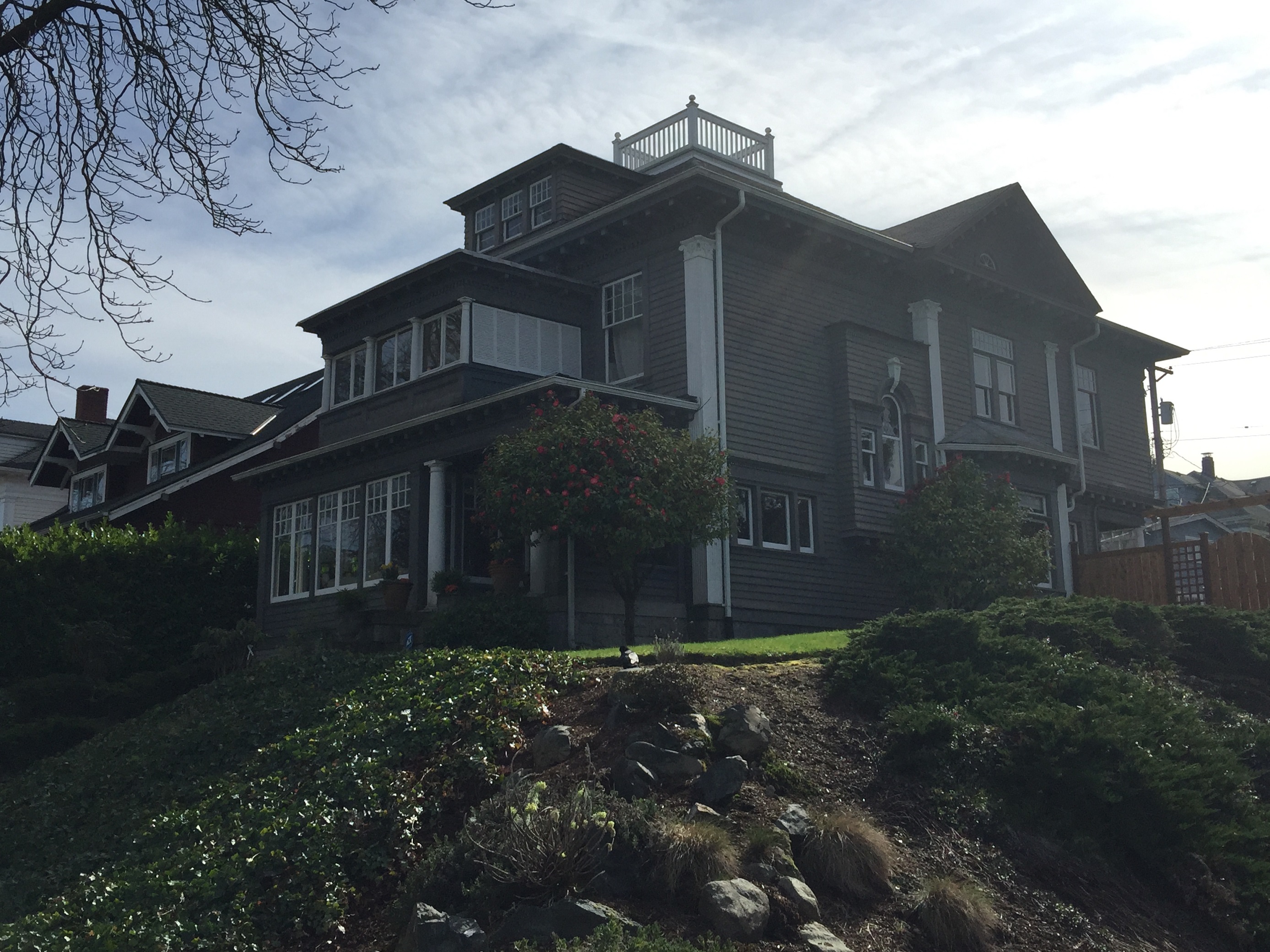Life~Death & Real Estate
There are so may different stages of life; Youth = Teens and Twenties, Mid-Span = Thirties and Forties, Fall = Fifties thru Seventies, and Sunset = Eighties thru Hundreds. The one common thread that runs the gamut is Real Estate. Whether you live in an apartment, a tent, a modest or luxury home, it will be on some plot of land = Real Estate.
At this Fall stage of my life, and in this industry, it seems I have had lots of exposure of late to families, caretakers and loved ones who are tending to those in their Sunset of life. For many, it is a painful time to watch those that have been immovable pillars, fixtures, since they were wee-ones, cycle backwards to babysoft skinned distant warriors riding off into their Sunset of life.
With this transition often comes; the tug-of-war of letting go of independence, at times, a move into assisted living, or, the inevitable–death. Homes must be sifted of contents which can be a joyous review of days-gone-by coupled with the struggle of what to keep as priceless mementos, what to donate and what to sell to new treasure caretakers. 
The sale of any home involves a plethora of paperwork and complexity bringing the house into, 'ready to sell,' condition, 'simplifying,' or 'decluttering,' just to get the house listed. And, when you add the dynamic of needing to liquidate this asset to support an elder in assisted living or to divvying up net proceeds amongst heirs, the stress level is even greater.
Real Estate Brokers should have the capacity to be sensitive to the current state and stressors of their clients. They should be a grounded resource for those balancing heavy emotional burdens while working to bring complex real estate processes and transactions to fruition. The saying, 'it's all business, not personal,' does not mean you can remove the face, the heart, the soul, and the tears from what is often a change of season for a generation within a family. Taking the time to truly work to understand the needs of your clients at a very specific snapshot in time within their life cycle, equates to being a Real Estate Professional. Clients are people too–much, much more than just a business transaction.
Hidden 4 bedroom Prospect Hill Treasure–Could be Your Slice of History
Tucked away in Prospect Hill's narrow sleeve is a 4 bedroom 1 3/4 bath bungalow born in 1919. As an integral part of the permanent structure, built-in's are found throughout this home from closets to pull-down desk tops. A claw foot tub adds dimension and charm to the downstairs bath where a peek-a-boo view of the bay from the upstairs 3/4 bath allows for morning day dreaming. French doors open to a small porch from one of the second floor bedrooms, again with a tight seasonal gaze at the Puget Sound.
The living room and kitchen have ceilings so tall it tempts you into an extra boost and bounce in each step as you stroll by the robust and established brick fireplace with a hearth at seat height. The kitchen, bright and cheery, abuts to the porch-like washer, dryer mud room. And, if you like spacious basements, complete with a carpeted space for a pool table, ping pong or other recreation, not to mention oodles of storage and a large shop/work area, this is your place. 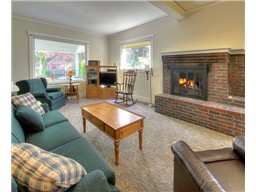
There is an oversized 1-car garage with alleyway access and a small parking pad on the west side of 2110 N. Steele Street, Tacoma, Washington 98407 listed at $325,000.00 MLS#785132. The back yard hosts a small patio and fabulous Snow Ball tree in all of its grandeur. The basketed front yards with grassy slopes all along this North Steele locale are framed by a rare, jettied cobblestone stretch set into position somewhere in the late 1800's to early 1900's. These cobblestones echo laughter and play of neighborhood children in their sorted angles and odd, timeless traffic control.
When exploring this unique and historical part of Tacoma, Washington, it is exciting to learn about its roots and also marvel in the easy-access, one-of-a-kind shops and amenities perfect for an afternoon or weekend stroll. Prospect Hill is thought to be the official planning name of the area, yet it has also gone by many other names. In the past, locals commonly referred to it as 'Little Germany' because of its narrow roads; it resembles a residential neighborhood that could be found somewhere in Europe.
If you have not heard of, 'Old Town' in Tacoma, it too is a hop, skip and a jump down the road. Located at the bottom of 30th Street hill and along Ruston Way is the birthplace of Tacoma. Mr. Job Carr, a founding father of Tacoma, has a street named after him that you would meander down from 2110 N. Steele Street on your journey to Old Town. Not a surprise that he and other founding fathers of Tacoma would settle in this niche where there is spectacular waterfront and views. This is Tacoma’s only Neighborhood Business District located on Commencement Bay where you will discover a host of dining experiences (to include Tacoma's oldest saloon called the Spar), jewelry, wine, coffee and other unique shopping opportunities present in this little stretch.
Dave's Meat & Produce is just south of the 2110 N. Steele Street address providing top quality produce, meat, seafood and known for its personal service. When you are preparing your weekend BBQ in your new home with an invite to family, friends and neighbors, you can send one of the kids up to Dave's Meat & Produce to grab the essentials to make your gathering a delicious success.
To add to the area adventure, there is a gulch nearby; some call it Buckley Gulch, others Yakima Gulch or Old Town gulch. The gulch does not actually reach Puget Sound anymore. Back in 1864, when first settler Job Carr staked a claim and pitched a cabin on the edge of Commencement Bay, Buckley Creek offered him easy fresh water, food and fish. Over the next few decades as the saw mills moved in to take advantage of Tacoma’s spruce and cedar forests, the creek was used for other things: providing clean steam and a pond for the Dickman mill at the creek’s mouth, and feeding Fullers Domestic Water Works at North 26th and Carr Streets. There is public access to the gulch through Ursich Park at 2412 N. 29th St. The trail gets boggy as you go through and eventually reaches private property. While it is possible to access the gulch at the Yakima (off West Road) and North 21st Street bridges (off Anderson Street), it remains private property whereas the mini-park at North 16th and Junett Streets is public.
Come and see this beautiful location, view this beautiful home and consider the possibilities of living at 2110 N. Steele Street, Tacoma, Washington 98407.
What does Real Estate have to do with a Widow’s Walk?
In the 1800's, the East Coast began to see additions to architecture called a Widow's Walk. Many have thought that a Widow's Walk, railed platforms across the roof tops of houses facing the sea, were a North American version of the Italian cupola or belvedere. If one digs deep enough, the Widow's Walk can actually be traced back to Italy and Italian architecture; born in Italy, brought to America.
As the story goes, the Widow's Walk used to be a viewing spot where crazy-in-love, lonely wives of fishermen, could gaze towards the sea searching the blue horizon in desperate hope of seeing their husband's ships returning to port and back into their arms. Back in the 1800's and 1900's, the fishing vessels took journeys on whaling trails for months on end, many never returned. So, as you could imagine, gazing towards the setting sun or the rising sun sending wishes and dreams of safe returns into the wafts of sea breeze certainly paint these unique architectural features with a romantic brush. 
The most realistic application of a Widow's Walk had a very practical and important purpose. Most homes in the 1800 and 1900's were heated by wood or materials vented through the chimney. Many of these homes were very tall with steep roof lines that in the winter were covered with ice or snow. If there was a chimney fire, they would not be able to safely access the chimney putting the entire house at risk. Home owners would keep buckets of sand or water near the Widows Walk hatch so they could quickly access the chimney in the event of a fire and safely extinguish it.
Going into the 20th Century, additions of Widow's Walk's to houses was driven not so much out of practical necessity but instead, driven by Real Estate. As sea side shoreline real estate became valued and more of the population wanted views of the sea, Widow's Walk additions were an added feature for real estate to increase in value as view property. For this very reason, even with modern day architecture, one may still see a version of the Widow's Walk atop new construction. A Widow's Walk; a romantic piece of folklore, perhaps, an open air room with a view as well as a historical practical application and interestingly enough, an architectural credit to Real Estate methodologies to find, build or create precisely what your client is looking for in their dream home.

 Facebook
Facebook
 X
X
 Pinterest
Pinterest
 Copy Link
Copy Link


